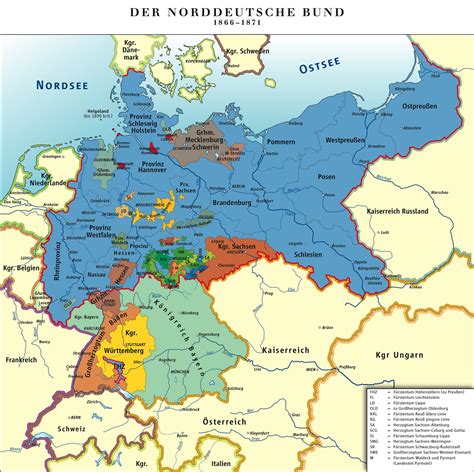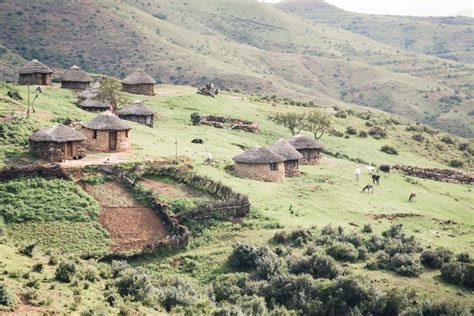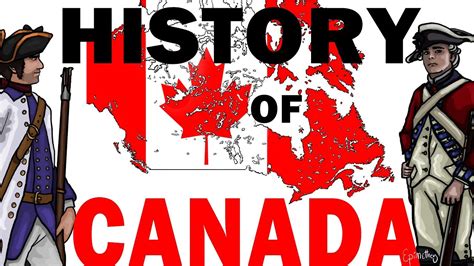Explore the rich history of the Philippines from the precolonial era to modern independence. Learn about Spanish, American, and Japanese influences.
Precolonial Era
Contents
The Precolonial Era in the history of the Philippines refers to the time before the arrival of the Spanish colonizers in the 16th century. This period is characterized by the presence of indigenous tribes and communities that had their own distinct cultures, languages, and social structures. The people of the precolonial Philippines engaged in trade, agriculture, and fishing, and had developed complex societies with their own systems of governance and belief systems. The archipelago was made up of numerous chiefdoms and kingdoms, each with its own ruler or datu. These societies were connected through extensive trade networks, as well as intermarriage and alliances between different communities.
One of the most well-known precolonial societies in the Philippines is the Kingdom of Tondo, which was a major trading hub in Southeast Asia. The people of Tondo engaged in long-distance trade with neighboring kingdoms, exchanging goods such as gold, pottery, and textiles. The society was stratified, with a ruling class of nobles and a lower class of commoners. Another prominent precolonial society was the Sultanate of Sulu, which was known for its maritime power and extensive trade with China and other Southeast Asian countries.
Religion played a significant role in precolonial Philippine society, with the majority of indigenous communities practicing animism and polytheism. The people worshipped various deities and spirits, and had complex rituals and ceremonies to honor their gods. Agriculture was also a central part of precolonial life, with communities cultivating crops such as rice, corn, and root crops. Fishing was another important source of sustenance, particularly for coastal communities.
In conclusion, the Precolonial Era of the Philippines was a time of rich and diverse cultures, with various indigenous societies thriving across the archipelago. The period laid the foundation for the complex and dynamic history of the Philippines, shaping the country’s identity and heritage to this day.
Spanish Colonial Period
The Spanish Colonial Period in the Philippines lasted for over 300 years, from 1521 to 1898. It was during this time that the Philippines came under Spanish rule, and the impact of Spanish colonization can still be seen in the culture, language, and religion of the Filipino people today.
During the Spanish Colonial Period, the Philippines was made a part of the Spanish East Indies and served as a vital link in the Spanish trade between Mexico and Asia. This led to the introduction of new crops, such as maize and tobacco, and the spread of Catholicism throughout the islands.
The Spanish also established a system of government and introduced the encomienda system, which granted Spanish conquistadors control over the indigenous population. This led to the exploitation and abuse of the Filipino people, as well as revolts and uprisings against Spanish rule.
Despite the negative aspects of Spanish colonization, it also led to the development of an educated Filipino elite, who played a key role in the fight for independence from Spain. The Spanish Colonial Period ultimately laid the groundwork for the birth of the Filipino nation and the struggle for self-rule.
American Colonial Rule
The American colonial rule of the Philippines began in 1898, following the end of the Spanish-American War. This period of American occupation marked a significant shift in the country’s history, as it brought about major changes in governance, economy, and culture.
One of the most notable aspects of American colonial rule was the introduction of a new educational system, which aimed to Americanize the Filipino population. English was made the primary medium of instruction, and American-style schools were established throughout the archipelago. This led to the spread of American cultural influence and helped pave the way for greater integration of the Philippines into the global community.
During this time, the American government also embarked on an ambitious infrastructure development program, building roads, bridges, and ports to facilitate trade and communication. This modernization effort had far-reaching effects on the economy and social structure of the Philippines, laying the groundwork for future industrialization and urbanization.
While American colonial rule brought about many positive changes, it was also marked by periods of unrest and resistance. Filipinos who had fought against Spanish colonial rule soon found themselves in conflict with their new American overlords, leading to the outbreak of the Philippine-American War in 1899. This armed struggle lasted for three years and resulted in widespread devastation and loss of life.
Despite the challenges and conflicts during this period, the American colonial rule ultimately set the stage for the Philippines’ eventual independence. The experiences and lessons learned during this time would shape the country’s trajectory in the years to come, leaving a lasting impact on its politics, society, and culture.
Japanese Occupation
The Japanese Occupation of the Philippines during World War II is a significant period in the country’s history. The occupation began with the invasion of the Japanese Imperial Army on December 8, 1941, following the attack on Pearl Harbor. This period lasted until the liberation of the Philippines by the combined American and Filipino forces in 1945.
During their occupation, the Japanese implemented harsh policies and committed numerous atrocities against the Filipino people. There was widespread destruction of property, forced labor, and the establishment of prison camps where thousands of Filipinos were detained and subjected to inhumane conditions. The Japanese also utilized brutal tactics to suppress resistance movements and quell rebellions.
Despite the challenges and hardships faced during the Japanese Occupation, the spirit of resistance and nationalism remained strong among the Filipino people. Various guerrilla groups and resistance fighters continued to fight against the Japanese forces, carrying out ambushes, sabotage missions, and providing support to the Allied forces.
The Japanese Occupation left a lasting impact on the Philippines, with the devastation and suffering endured by the Filipino people during this period. However, it also served as a testament to the resilience and courage of the Filipino nation in the face of adversity, laying the groundwork for the eventual liberation and the pursuit of independence.
Independence and Modern Philippines
After centuries of foreign colonization, the Philippines finally gained its independence from the United States on July 4, 1946. This marked the start of a new era for the country, as it sought to establish itself as a sovereign nation. The period following independence was filled with challenges as the country struggled to rebuild and establish its national identity.
One of the major developments during this period was the ratification of the 1987 Constitution, which laid the foundation for a democratic government and emphasized the protection of human rights. This marked a significant milestone in the country’s pursuit of political stability and social progress.
Another important aspect of modern Philippines is its economic growth and development. The country has experienced rapid industrialization and urbanization, leading to improvements in infrastructure, technology, and living standards. Additionally, the Philippines has become a key player in the global economy, attracting foreign investments and fostering international trade relations.
The modern Philippines also saw the rise of influential leaders such as Corazon Aquino, Benigno Aquino III, and Rodrigo Duterte, each making their mark on the country’s political landscape. These leaders have played crucial roles in shaping the nation’s policies and direction, addressing issues such as corruption, poverty, and security.
In conclusion, the independence and modern era of the Philippines have been marked by significant progress and challenges. Despite its tumultuous history, the country has emerged as a resilient and dynamic nation, striving for prosperity and social justice.














